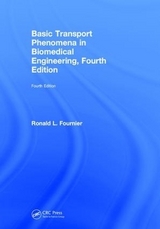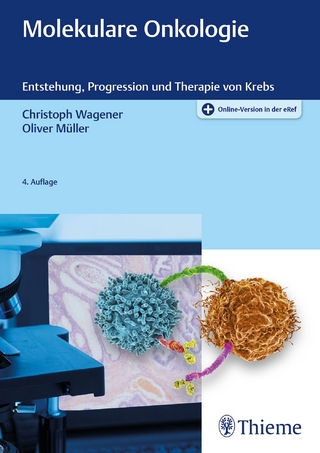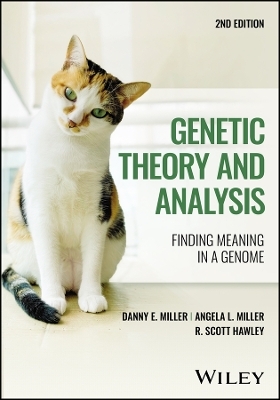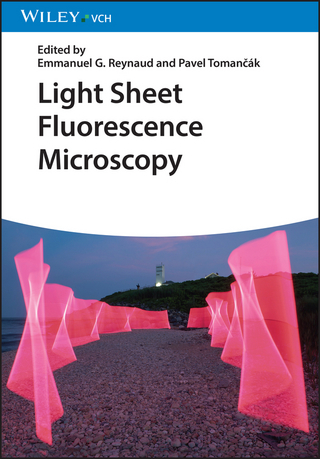
Basic Transport Phenomena in Biomedical Engineering,Third Edition
Crc Press Inc (Verlag)
978-1-4398-2670-6 (ISBN)
- Titel erscheint in neuer Auflage
- Artikel merken
Bringing together fundamental engineering and life science principles, this highly accessible text provides a focused coverage of key momentum and mass transport concepts in biomedical engineering. It offers a basic review of units and dimensions, material balances, and problem-solving tips, and then emphasizes those chemical and physical transport processes that have applications in the development of artificial and bioartificial organs, controlled drug delivery systems, and tissue engineering. The book also includes a discussion of thermodynamic concepts and covers topics such as body fluids, osmosis and membrane filtration, physical and flow properties of blood, solute and oxygen transport, and pharmacokinetic analysis. It concludes with the application of these principles to extracorporeal devices as well as tissue engineering and bioartificial organs.
Designed for the beginning student, Basic Transport Phenomena in Biomedical Engineering, Third Edition provides a quantitative understanding of the underlying physical, chemical, and biological phenomena involved. It offers mathematical models using the `shell balance" or compartmental approaches, along with numerous examples and end-of-chapter problems based on these mathematical models and in many cases these models are compared with actual experimental data. Encouraging students to work examples with the mathematical software package of their choice, this text provides them the opportunity to explore various aspects of the solution on their own, or apply these techniques as starting points for the solution to their own problems.
Introduction
Review of Units and Dimensions
Dimensional Equation
Tips for Solving Engineering Problems
Conservation of Mass
A Review of Thermodynamic Concepts
The First Law of Thermodynamics
The Second Law of Thermodynamics
Properties
The Fundamental Property Relations
Single Phase Open Systems
Phase Equilibrium
Physical Properties of the Body Fluids and the Cell Membrane
Body Fluids
Fluid Compositions
Capillary Plasma Protein Retention
Osmotic Pressure
Formation of the Interstitial Fluid
Net Capillary Filtration Rate
Lymphatic System
Solute Transport Across the Capillary Endothelium
The Cell Membrane
Ion Pumps
The Physical and Flow Properties of Blood
Physical Properties of Blood
Cellular Components
Rheology
Relationship Between Shear Stress and Shear Rate
Hagan-Poiseuille Equation
Other Useful Flow Relationships
Rheology of Blood
The Casson Equation
Using the Casson Equation
The Velocity Profile for Tube Flow of a Casson Fluid
Tube Flow of Blood at Low Shear Rates
The Effect of The Diameter at High Shear Rates
Marginal Zone Theory
Using the Marginal Zone Theory
Boundary Layer Theory
Generalized Mechanical Energy Balance Equation
Capillary Rise and Capillary Action
Solute Transport in Biological Systems
Description of Solute Transport in Biological Systems
Capillary Properties
Capillary Flowrates
Solute Diffusion
Solute Transport by Capillary Filtration
Solute Diffusion Within Heterogeneous Media
Solute Permeability
The Irreversible Thermodynamics of Membrane Transport
Transport of Solutes Across the Capillary Wall
Transport of Solute Between a Capillary and the Surrounding Tissue Space
Oxygen Transport in Biological Systems
The Diffusion of Oxygen In Multicellular Systems
Hemoglobin
The Hemoglobin-Oxygen Dissociation Curve
Oxygen Levels in Blood
The Hill Equation
Other Factors That Can Affect the Oxygen Dissociation Curve
Tissue Oxygenation
Oxygen Transport in Bioartificial Organs and Tissue Engineered Constructs
Steady State Oxygen Transport in a Perfusion Bioreactor
Oxygen Transport in the Krogh Tissue Cylinder
An Approximate Solution for Oxygen Transport in the Krogh Tissue Cylinder
Artificial Blood
Pharmacokinetic Analysis
Terminology
Entry Routes for Drugs
Modeling Approaches
Factors that Affect Drug Distribution
Drug Clearance
A Model for Intravenous Injection of Drug
Accumulation of Drug in the Urine
Constant Infusion of Drug
First Order Drug Absorption and Elimination
Two Compartment Models
Extracorporeal Devices
Applications
Contacting Schemes
Membrane Solute Transport
Estimating the Mass Transfer Coefficients
Estimating the Solute Diffusivity in Blood
Hemodialysis
Blood Oxygenators
Immobilized Enzyme Reactors
Affinity Adsorption
Tissue Engineering
Introduction
Cell Transplantation
The Extracellular Matrix (ECM)
Cellular Interactions
Polymeric Support Structures
Biocompatibility and the Initial Response to an Implant
Tissue Ingrowth in Porous Polymeric Structures
Measuring the Blood Flow Within Scaffolds Used for Tissue Engineering
Cell Transplantation into Polymeric Support Structures
Bioreactor Design for Tissue Engineering
Bioartificial Organs
Background
Some Immunology
Immunoisolation
Permeability of Immunoisolation Membranes
Membrane Sherwood Number
Bioartificial Organs
The Bioartificial Liver
The Bioartificial Kidney
Design Considerations for Bioartificial Organs
References
Index
| Erscheint lt. Verlag | 23.9.2011 |
|---|---|
| Zusatzinfo | 970; 35 Tables, black and white; 139 Illustrations, black and white |
| Verlagsort | Bosa Roca |
| Sprache | englisch |
| Maße | 178 x 254 mm |
| Gewicht | 1054 g |
| Themenwelt | Medizin / Pharmazie ► Medizinische Fachgebiete ► Biomedizin |
| Medizin / Pharmazie ► Physiotherapie / Ergotherapie ► Orthopädie | |
| Naturwissenschaften ► Biologie ► Zellbiologie | |
| Technik ► Medizintechnik | |
| Technik ► Umwelttechnik / Biotechnologie | |
| ISBN-10 | 1-4398-2670-6 / 1439826706 |
| ISBN-13 | 978-1-4398-2670-6 / 9781439826706 |
| Zustand | Neuware |
| Haben Sie eine Frage zum Produkt? |
aus dem Bereich



